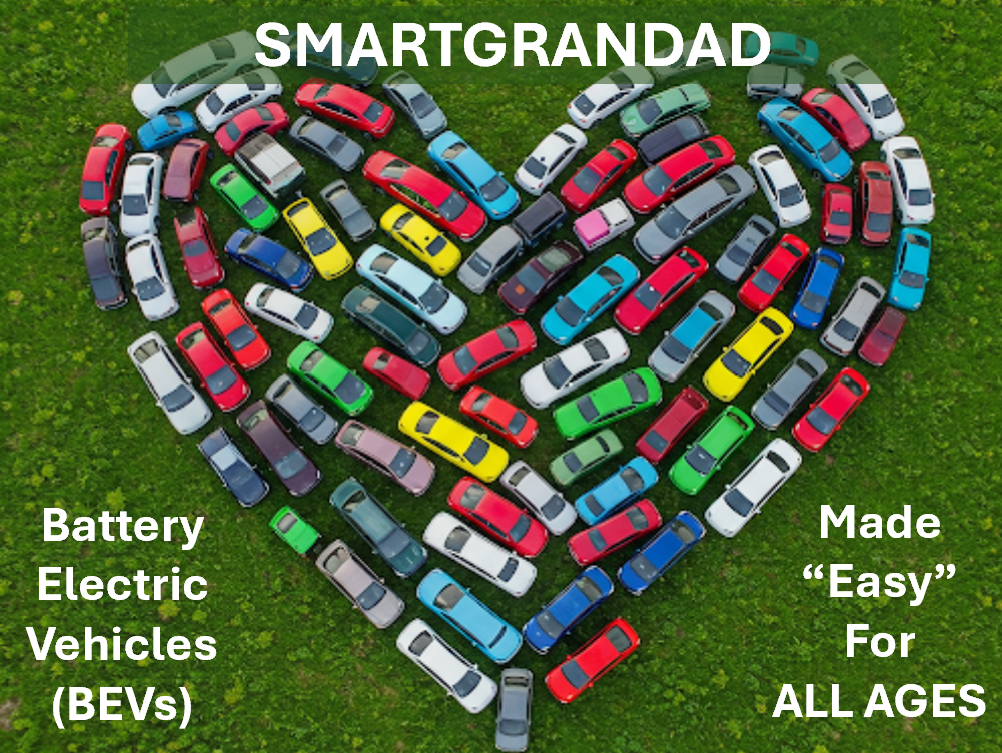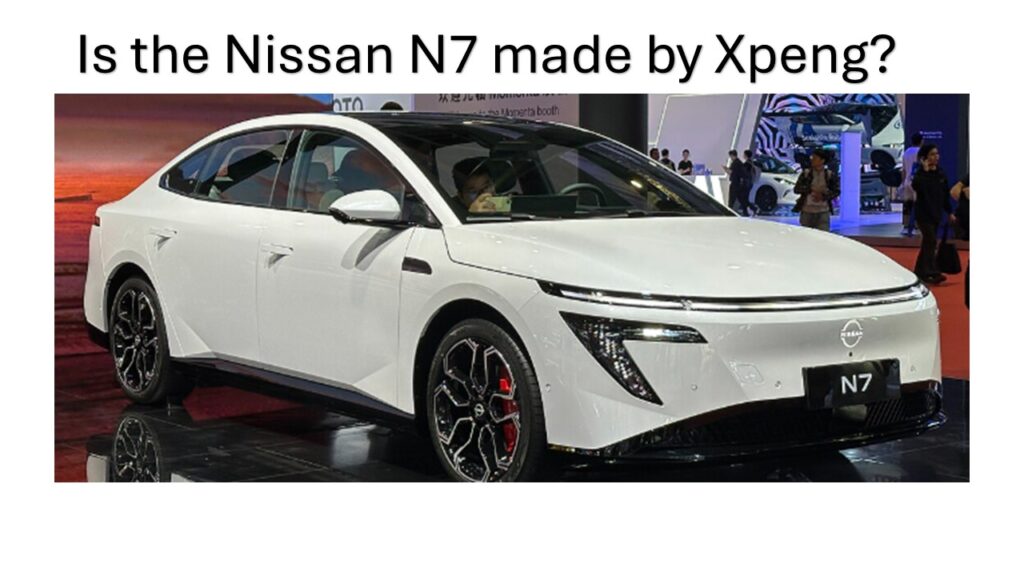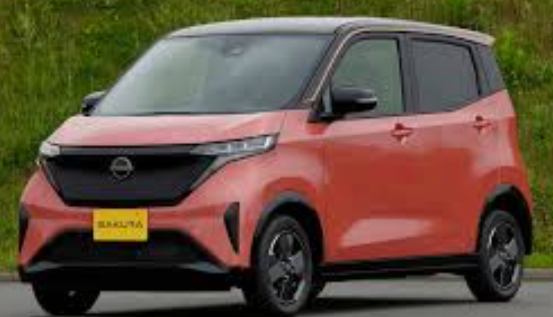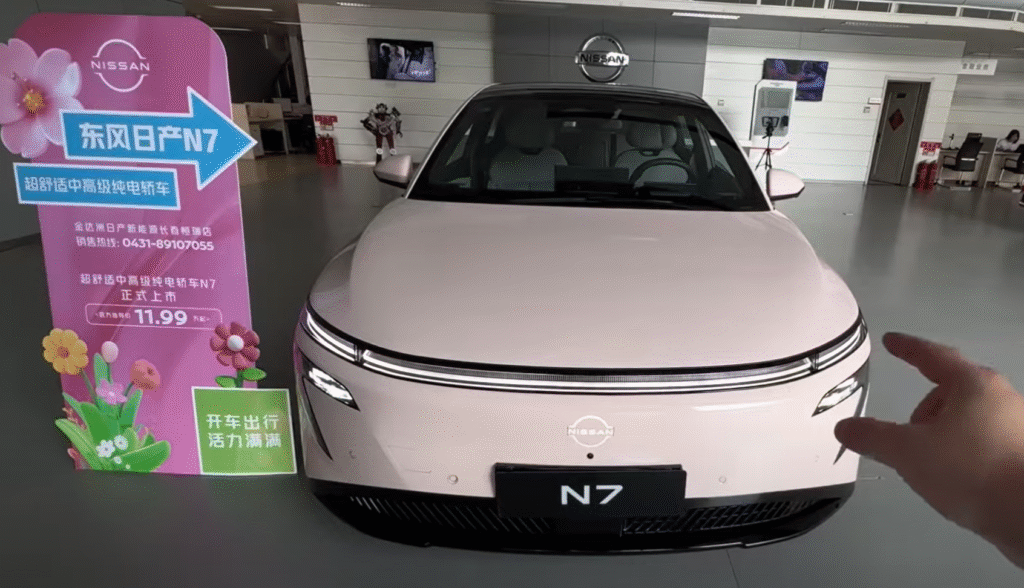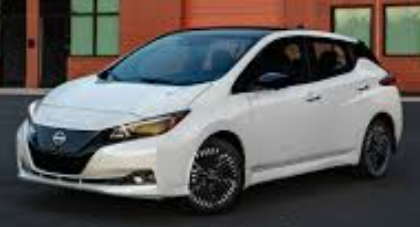Nissan Ariya
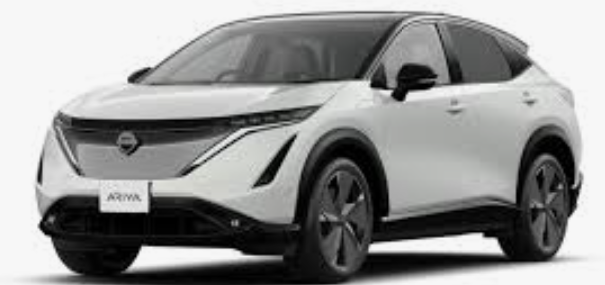
1. Body Style and Size Segment
The Ariya is a compact crossover SUV. Its dimensions are approximately 4,595 mm (length), 1,850 mm (width), and 1,660 mm (height), with a wheelbase of 2,780 mm. It offers seating for five.
2. Platform Architecture, Voltage, Range & Efficiency
Built on the CMF-EV platform, the Ariya uses a 400V architecture. Battery options include 63 kWh and 87 kWh. The 87 kWh FWD model offers an EPA-estimated range of up to 465 km. It supports DC fast charging, capable of 10-80% in as little as 35-40 minutes (depending on battery size).
3. Technical Capabilities
The Ariya features Nissan’s ProPILOT Assist with Navi-link, a hands-on driver assistance system for highway driving. Available ProPILOT Assist 2.0 allows for hands-off driving in certain situations. It also includes Nissan Safety Shield 360, a comprehensive suite of safety features like Automatic Emergency Braking with Pedestrian Detection and Blind Spot Warning.
4. Interior Quality and Storage Capacity
The interior offers a minimalist, lounge-like feel with quality materials and haptic touch controls. A power-sliding center console enhances versatility. Cargo capacity is around 646 liters (22.8 cubic feet) with rear seats up, expanding to 1,690 liters (59.7 cubic feet) with them folded. There is no front trunk (frunk).
5. App Functionality
The MyNISSAN App provides remote control over vehicle functions such as climate pre-conditioning, charging status monitoring, and remote start. It also allows for route planning and finding charging stations.
6. 3 Pros and 3 Cons
Pros:
- Stylish and modern interior design with quality materials.
- Advanced driver assistance systems, including available hands-off driving.
- Comfortable ride and quiet cabin.
Cons:
- No front trunk.
- Boot space is competitive but less than some rivals.
- Ride can be a bit unsettled over rough roads at times.
7. Overall Summary
The 2025 Nissan Ariya stands out with its bold design and premium interior, offering a compelling electric crossover experience. While its cargo space and charging speed might not lead the class, its advanced driver assistance features and comfortable, tech-rich cabin make it a strong competitor to vehicles like the Hyundai Ioniq 5, Kia EV6, and Volkswagen ID.4.
Real world range estimates
The table below shows some estimated real-world examples in perfect condition and in conditions needing A/C to heat or cool vehicles. See our range guide to see how the range is affected in real world.
| Range | Consumption | |
|---|---|---|
| 90kmh/56mph perfect condition | 486km / 302 mi | 18,5 kWh/100km / 3,4 mi/kWh |
| 90kmh/56mph with 2KW heating | 446km /270mi | 20,7 kWh/100km /3,0 mi/kWh |
| 70mph/112kmh perfect condition | 391 km / 243 mi | 23,0 kWh/100km / 2,7 mi/kWh |
| 70mph/112kmh with 2KW heating | 363km / 226mi | 24,8 kWh/100km / 2,5 mi/kWh |
| 120kmh/75mph perfect condition | 367 km / 228 mi | 24,5 kWh/100km / 2,5 mi/kWh |
| 120kmh/75mph with 2KW heating | 344 km /214mi | 26,2 kWh/100km /2,4 mi/kWh |
